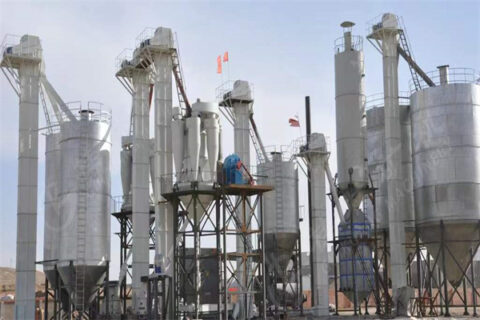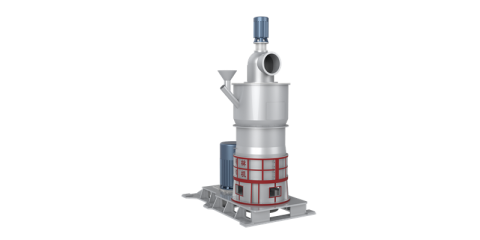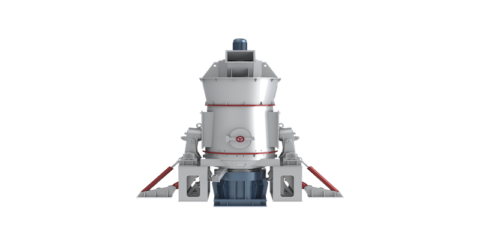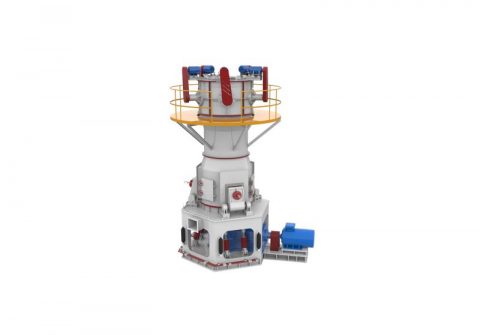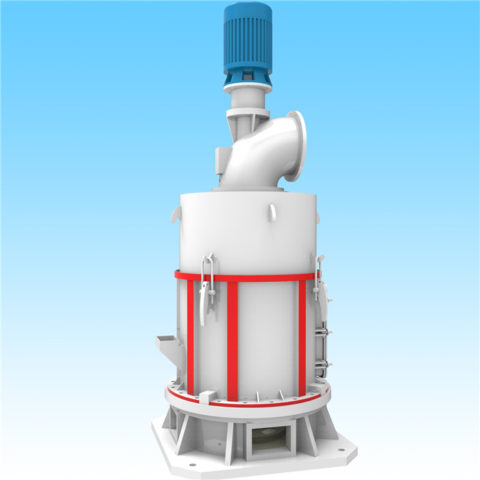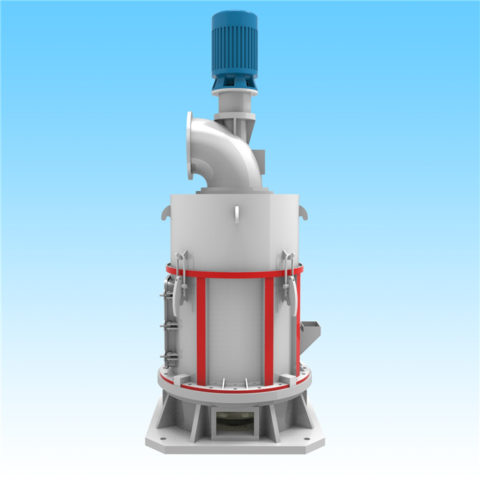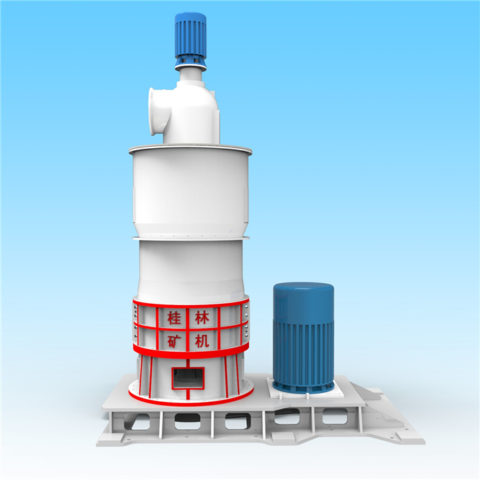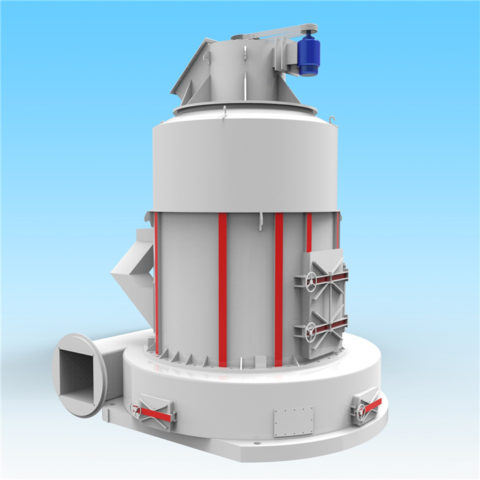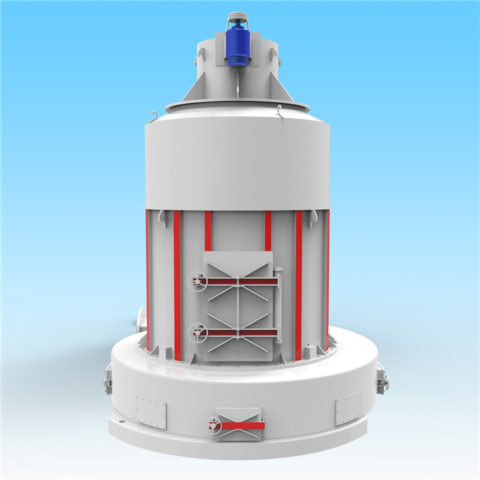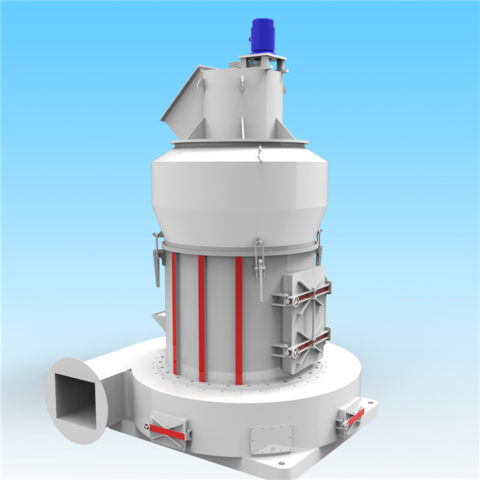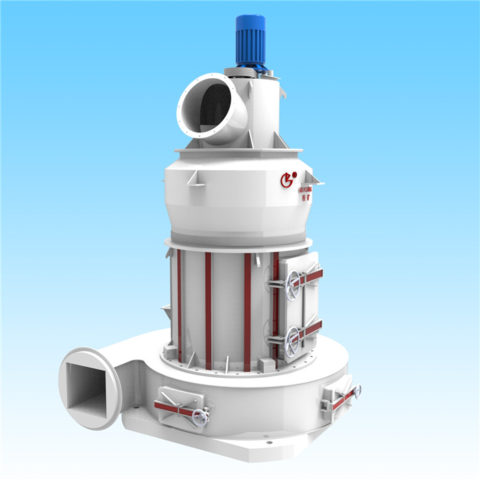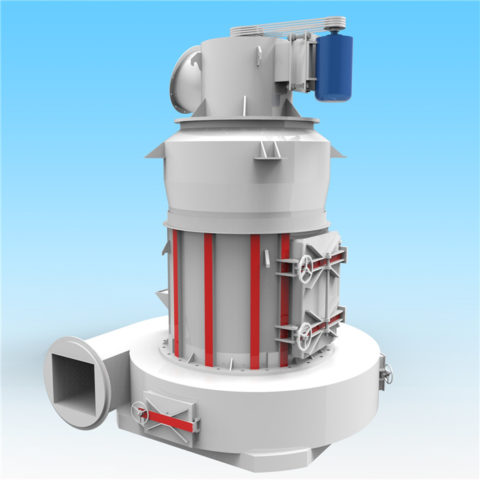
Anode materials ultrafine vertical roller mill produces Anode materials with good particle size distribution, fineness up to 2μm, good equipment stability, good environmental protection and power saving advantages.
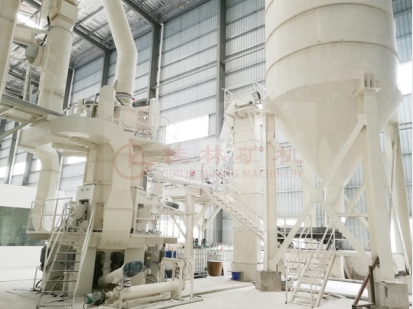
The particle size distribution of the anode materials directly affects the slurrying process and volumetric energy density of the battery. In the case of the same volume filling fraction, the larger the particle size of the material, the wider the particle size distribution, and the smaller the viscosity of the slurry, which is beneficial to increase the solid content and reduce the difficulty of coating. In addition, when the particle size distribution of the material is wide, the small particles in the system can be filled in the voids of the large particles, which helps to increase the compaction density of the pole piece and improve the volume energy density of the battery.
The particle size and particle size distribution of materials can generally be measured by laser diffraction particle size analyzers and nanoparticle analyzers. The laser diffraction particle size analyzer is mainly based on the static light scattering theory, that is, the scattering angle and intensity of the incident light are different for the particles of different particle sizes, and it is mainly used to measure the particle system of the micron level. Nanoparticle analyzers are mainly based on dynamic light scattering theory, that is, the more severe Brownian motion of nanoparticles affects not only the intensity of scattered light, but also its frequency, thereby determining the particle size distribution of nanoparticles.
The characteristic parameters of the particle size distribution of the material are D50, D10, D90 and Dmax, where D50 represents the particle size value corresponding to the cumulative amount of 50% in the particle size cumulative distribution curve, which can be regarded as the average particle size of the material. In addition, the width of material particle size distribution can be represented by K90, K90=(D90-D10)/D50, the larger the K90, the wider the distribution.
The particle size of the anode materials is mainly determined by its preparation method. For example, the synthesis method of mesocarbon microspheres (CMB) is the thermal decomposition and thermal polycondensation of liquid-phase hydrocarbons under high temperature and high pressure. The particle size of CMB can be regulated by controlling the type of raw materials, reaction time, temperature and pressure, etc. . The requirements for its particle size parameters in the graphite standard are: D50 (about 20 μm), Dmax (≤70 μm) and D10 (about 10 μm), while the D50 required in the lithium titanate standard is significantly smaller than that of graphite (≤10 μm).
